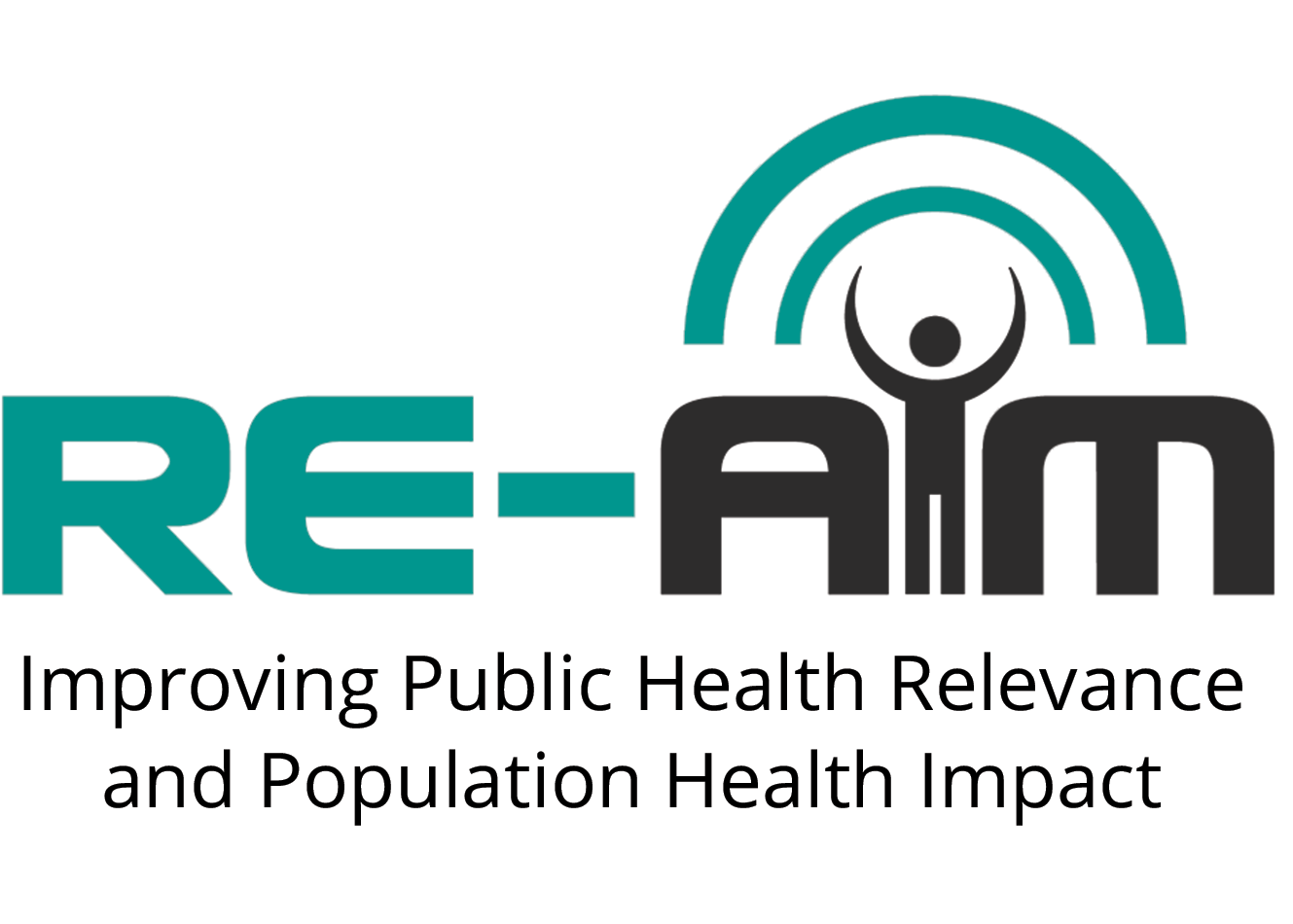Sept. 9, 2014 – Welcome to RE-AIM.org!
We trust that you had a busy and productive summer. To kick off our Fall series of blog posts, we would like to address a common RE-AIM question:
Can RE-AIM be used in planning an intervention?
In reviews we have received from grant proposals and papers using the framework, we sometimes get the feedback that RE-AIM is an evaluation framework and not a theory or tool for intervention planning.
One thing that is correct is that RE-AIM is not a theory, it is an outcome model. As such, using the framework to ensure that strategies are developed to enhance each outcome is a valid approach.
For those who are looking for good ways to implement a RE-AIM planning process, we recommend reading “RE-AIM for Program Planning: Overview and Application” developed by Drs. Basia Belza, Deborah Toobert, and Russ Glasgow.
In their monograph, they provide a RE-AIM scenario of implementing an effective program for increasing physical activity in sedentary, at-risk older adults. The authors argue that focusing on effectiveness (and thereby ignoring the other elements of RE-AIM) negatively impacts the translation of this program for older adults.

However, if researchers plan to intervene upon one or two additional elements, it may drastically improve the public health impact.
We hope this helps you for your next intervention planning process! Let us know how you target multiple elements of RE-AIM in your own practice.
Until next time,
Samantha Harden, Paul Estabrooks and the RE-AIM Workgroup
